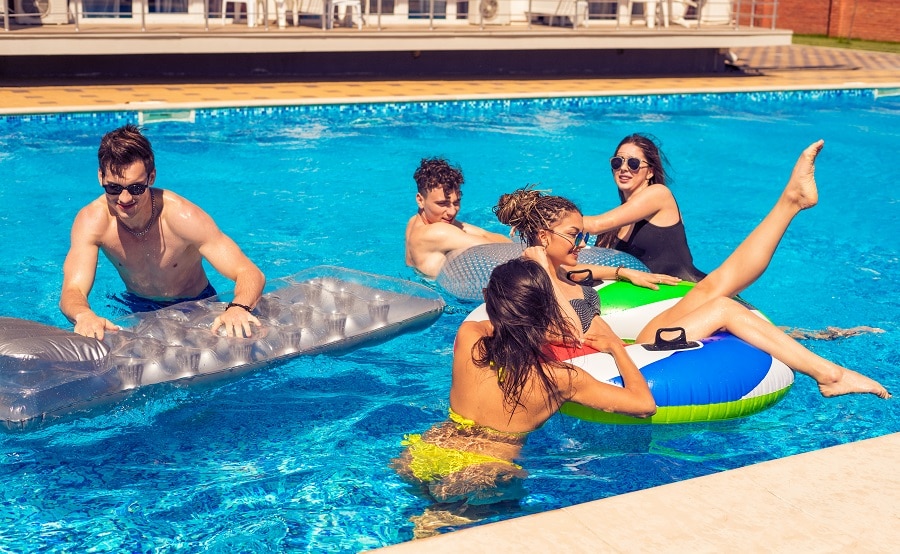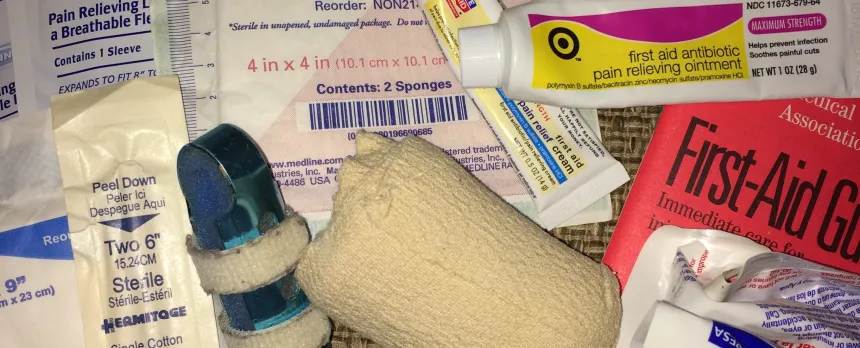Prevent Drownings

Prevent drownings with these essential tips! Learn how vigilant supervision, swim lessons, and life-saving techniques can make a difference. Stay safe and informed!
No matter the age, use these guidelines and warnings to prevent drownings. Drowning can occur silently and quickly, and for young children, it can happen in just inches of water.
- Vigilant supervision of people in water is a must. Most drownings involve a brief lapse of supervision. If you’re near a lake, at a pool, or close to a hot tub, don’t leave kids alone for even a second.
- All children, including teenagers, should only be swimming under the supervision of an adult, ideally a lifeguard.
- No one (especially young children and teenagers) should swim alone. Even strong swimmers can have medical emergencies while in the water (e.g., panic attack, seizure, asthma exacerbation).
- There are two age groups with a high incidence of drownings - infants and teens.
- Teens tend to take more risks (i.e., jumping off of rocks, combining drugs/alcohol with swimming) which leads to problems. Educate them about these risks.
- Pool owners should use layers of safety to prevent drownings. Barriers include fences, power safety covers, door alarm systems, water alarm systems, and self-closing, self-latching gates.
- Never prop gates open.
- Don’t develop a false sense of security just because you have barriers in place.
- Swim lessons can reduce drownings. Even with lessons, a child who falls into water unexpectedly may panic and forget learned skills.
- Keep items children can climb on (e.g., chair, tricycle, tree) away from the fence surrounding the water.
- When swimming is done, take toys and other attractive items out of the water to prevent small children from trying to reach and grab them.
- Inflatable devices aren’t substitutes for adult supervision and should not be depended on to keep your child afloat. All nonswimmers should wear U.S. Coast Guard-approved life jackets when they are near water.
- Adults aren’t immune from drowning. Adults at parties should treat swimming like driving. Someone should be designated to remain sober. Ideally this person would know CPR.
- There are often children present when a group of adults are drinking. A designated person should oversee the children and ensure everyone's safety.
Learn Life-Saving Techniques to Prevent Drownings
- Look in the pool/spa area first if a child is missing.
- Learn cardiopulmonary resuscitation (CPR).
- Throw, Don’t Go. Don’t jump into the water as the victim could pull you under. Instead, toss something to them like a rope or towel so they can grab it.
- Victims can grab and pull rescuers under the water. Approaching them from behind is safer for both the rescuer and the victim.
- Keep reaching and throwing aids, such as poles and life preservers, close by.
- Install a phone or keep a cell phone nearby.
- Call 911 immediately.
- Alert lifeguards.
- Wear a Coast Guard-approved life jacket to prevent a rescuer from being pulled under by a drowning person or an undercurrent. Life jackets are essential for rescues in water with currents, such as lakes, rivers and oceans.
Note: The content of this blog is for informational purposes only. It is not intended for use as diagnosis or treatment of a health problem or as a substitute for the professional consultation of a physician or qualified health care provider. If you have specific questions or concerns regarding a health or medical condition, contact your physician or a licensed health care professional.



